- Captain Hook
- Posts
- Fame Over?
Fame Over?
Not entirely, but here comes the New Dismantling. Legacy celebrity is crashing, with the energy and heat released by falling stars now available for media mortals. And that, as veteran celeb Martha Stewart likes to say, is a good thing!
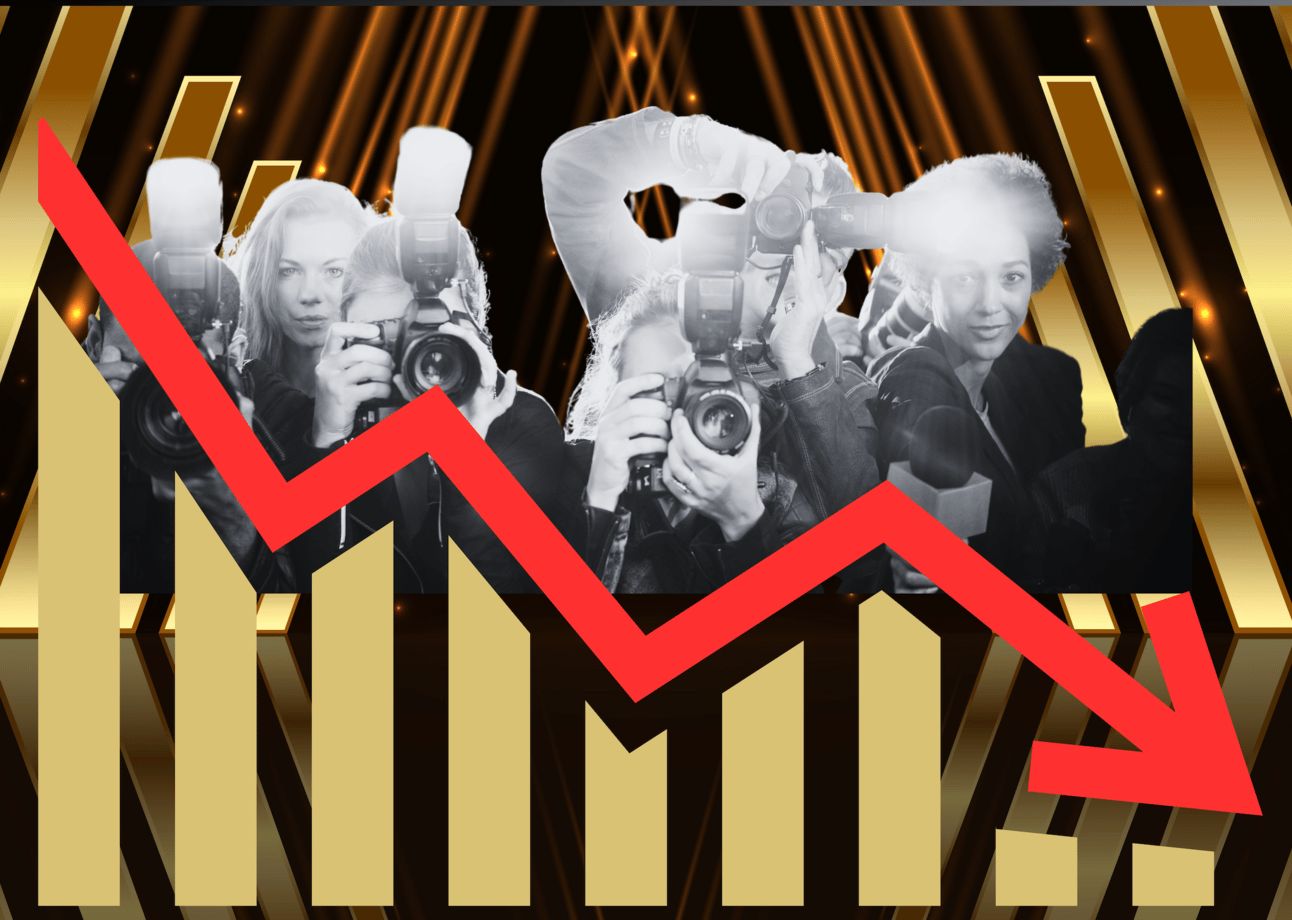
Fame fizzle?
Read time: 7 minutes. TL;DR: what the state of legacy celebrity and media disruption means for content — with a pivot to how brands and marketers should approach promotional programming and partnerships in 2025.
I suppose it was risky, publishing my last piece in the aftermath of such a perception-resetting election. Even though I chose to focus on the media side of things (read: not the political), I got a few mean-spirited emails. The nice surprise was hearing from Vanity Fair. Just a few hours after the piece dropped, one of their Culture and Media staff writers emailed:
Yup. Light catches the eye. Heat is harder to detect from a distance. Light gets noticed. Heat gets results.
This was inevitably a topic many outlets were going to tackle. Following up on the initial report I’d linked to in my prior piece, this analysis from The Guardian was fairly representative of the media pack:
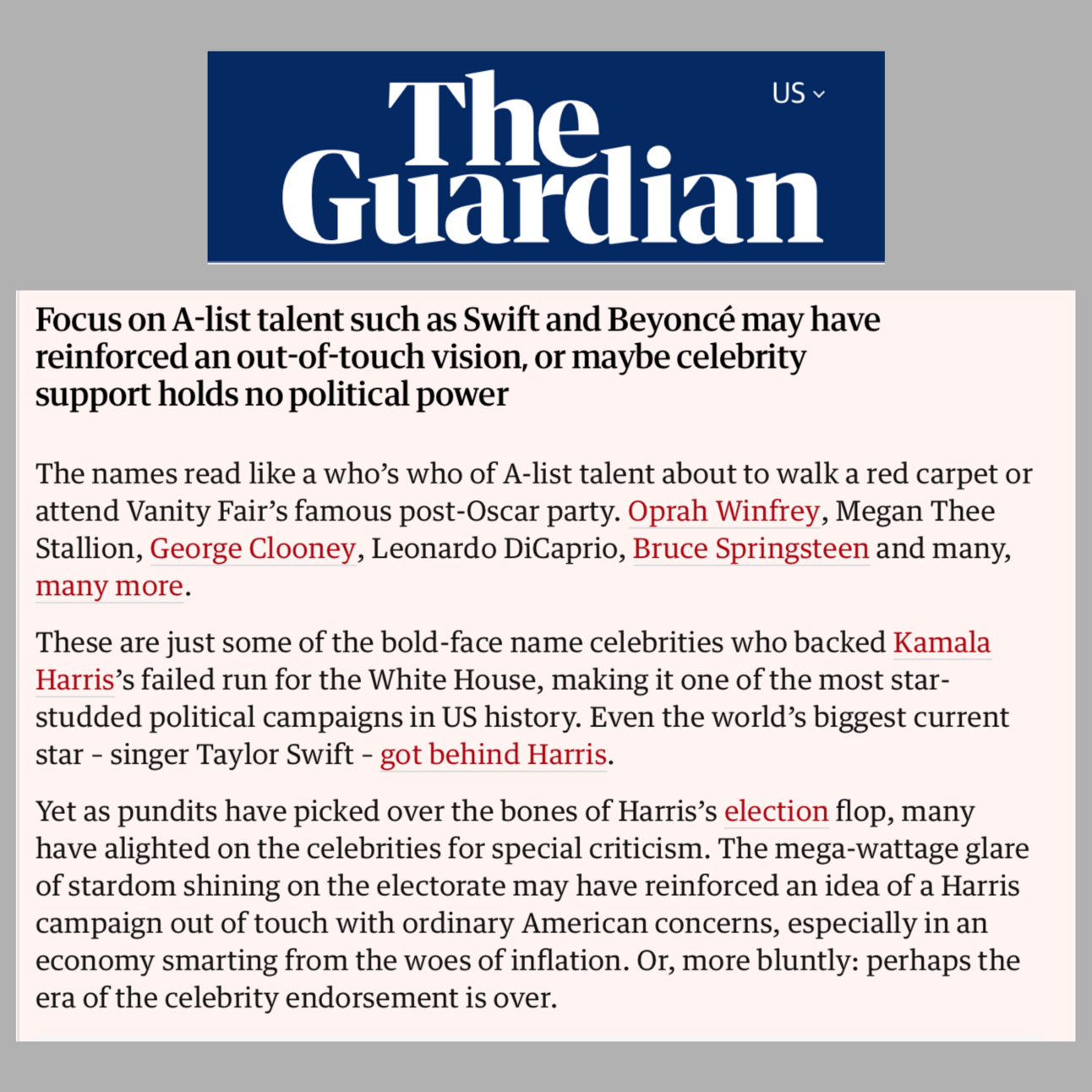
Oh, snap!
Much of the coverage ended up even more blunt.
But politics is just one lane. And for our purposes, it’s a passing lane over to the larger media, marketing, and culture highway of persuasion we all share.
Brands frequently ask me if they should send celebrities their products or pitch them on partnerships. Seems to me the issue is not whether celebrity endorsements are over (they’re not). The real issue is the costs: what are those alliances worth and has that value changed? If we can see that the bottom line “heat value” of celebrity has depreciated, why is that? What else does that devaluing tell us?
I suspect another bit of pondering from my last piece is apt:
Are new media models introducing new standards for credibility and authenticity? (Especially for younger demos?)
Short answer: absolutely. But let’s dig deeper.
Power versus popularity
All the election postmortem analysis leaves little doubt that the power of celebrity (its “heat value”) has diminished. Could it be in decline for the foreseeable future? Maybe, though such things tend to be cyclical. But I think we need to define terms here.
The “New Dismantling” applies to what I would label “establishment or legacy celebrities” — meaning: celebs who mainly came to prominence through, and have been sustained by, large legacy mainstream channels. Record labels. TV networks. Hollywood studios. Major sports leagues. Fashion brands. So we’re talking about the likes of Beyoncé, Eminem, Jennifer Lopez, Lady Gaga, Leonardo DiCaprio, Lizzo, Tom Brady, and so on.
And power needs to be distinguished from popularity. Obviously, Taylor Swift and Beyoncé remain extremely popular. What we’re seeing is that their entire superstar category no longer commands the same degree of concentrated, unchallenged “heat value” that perch once exclusively bestowed. But it’s not about the specific celebs per se. It’s about the persuasion power of the entire species.
Okay, but why? What brought us here? Some factors seem self-evident.
Reality TV devalued the star market
This trend was financially good for producers, studios, and networks in the short term. But longer term, there is a case to be made that the golden age of inexpensive “reality stars” prepped entertainment consumers to embrace the more genuinely real, everyday, independent social media stars who now don’t need studios, agents, managers, or even teamsters to reach audiences that network and cable TV can only dream about (unless the Super Bowl is on).
Worse for establishment powers, present day social media stars can, in many ways, service their audiences with a better entertainment product — more content, more depth, more engagement, no filters, fewer or no commercial interruptions, etc.
The new standard delivers more accessible and authentic connections, setting a new expectation. (We’ll come back to the accessibility and authenticity point later.)
Technology democratized production
At the same time, accelerated breakthroughs in technology gave these “civilians” easy, low-cost access to professional-level TV/film/music/radio production values — a quality advantage that legacy media companies had maintained since day one, but now have possibly lost forever (without even considering what AI will contribute to insurgent content creators).
Exceptions include large theatrical formats like IMAX 3D or the Sphere. (Or The Eras Tour.)
Movie stars started flopping
Hollywood was ailing even before the pandemic. Sure, stars drank richly at the Netflix fountain and across a massive content boom required to service the ensuing streaming wars. But that boom couldn’t possibly be sustained — leading to a painful bust.
Theatrical Hollywood fought audience erosion with big, costly, episodic franchises of the Marvel, Star Wars, and DC variety. The Thanksgiving box office brought some green shoots for a change (Wicked, Moana 2, and Gladiator 2), but overall an ailing Hollywood — including crumbling ratings for network TV — can’t help but drag down stardom as a quantity. And the industrial celebrity-PR-media complex loses steam in tandem.
But there was arguably an even bigger overlapping factor at work.
With the spread of social media channels and the open megaphone they created, it got so that the managers, agents, publicists, labels, studios, and networks could no longer insulate their celebrity charges from very public critique, ridicule, and embarrassment.
Including, most inconveniently sometimes, the truth.
Social media occasionally meant they couldn’t even protect some celebs from publicly harming themselves.
But then there are some deep, tectonic fissures that I don’t think have been as widely factored in yet. Quantifying the phenomenon is difficult. But some tentpoles are unmistakable — nearly all of them ignited or fueled by social media:
Weinstein, Epstein, and #MeToo
Will Smith assaulting Chris Rock at the Oscars
Jennifer Lopez’s vanity project humiliations
Quiet on Set (Nickelodeon’s abused kid stars documentary)
Blake Lively’s backlash
Sean “Diddy” Combs abuse/exploitation revelations
Let’s take the last first — the still-surfacing Diddy scandals.
Well before the Sean Combs story broke open in the mainstream media, there had been a number of individuals online with ties to Diddy’s world — not famous themselves but social media-savvy — making detailed allegations about Combs and his associates that were, at the time, outrageous if not inconceivable on their face.
That loose network of celebrity muckrakers had already pulled in significant audiences before their renegade claims were substantiated by multiple FBI raids on Comb’s homes. After that vindication, their followings really blew up.
Sean Combs was establishment royalty for decades, intersecting with nearly every corner of mainstream celebrity and power. Not just music and entertainment, but sports, fashion, advertising, politics, and even religion. Certain associates linked to his activities could be in serious trouble. But even bold names not directly involved will be exposed to a degree of reputational-damage-fallout-radiation.
Sure, showbiz scandals are nothing new. But I still don’t think most yet grasp how far the domino effect could extend, how much legacy celebrity toppling could be in store.
Incredibly, we’ve seen once marginal voices — previously powerless to challenge wealth and celebrity — taking down multiple blue chip bold name Goliaths. And the phenomenon continues to snowball.
With my New Dismantling theory underway, I felt a little less lonely out on the thin ice when this article came out:
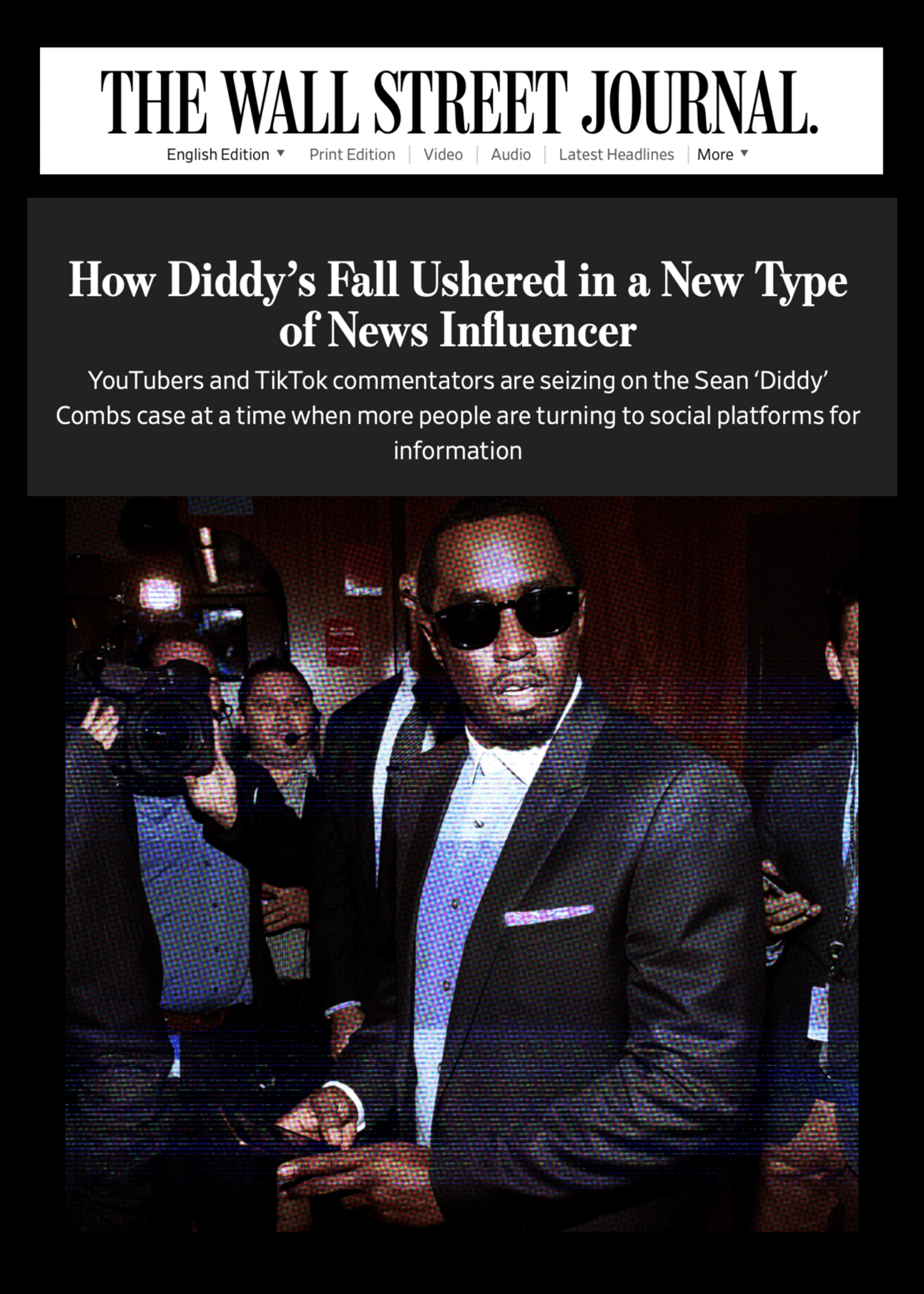
Dismantlers take down the Diddler.
I mean… it’s kinda undeniable.
Establishment upstaged
While the stakes were not criminal and the outcome far less severe, similarly crowd-sourced online detective work and pointed editorializing from fans brought Blake Lively an avalanche of damage to her brand when she was out promoting her latest film this summer.
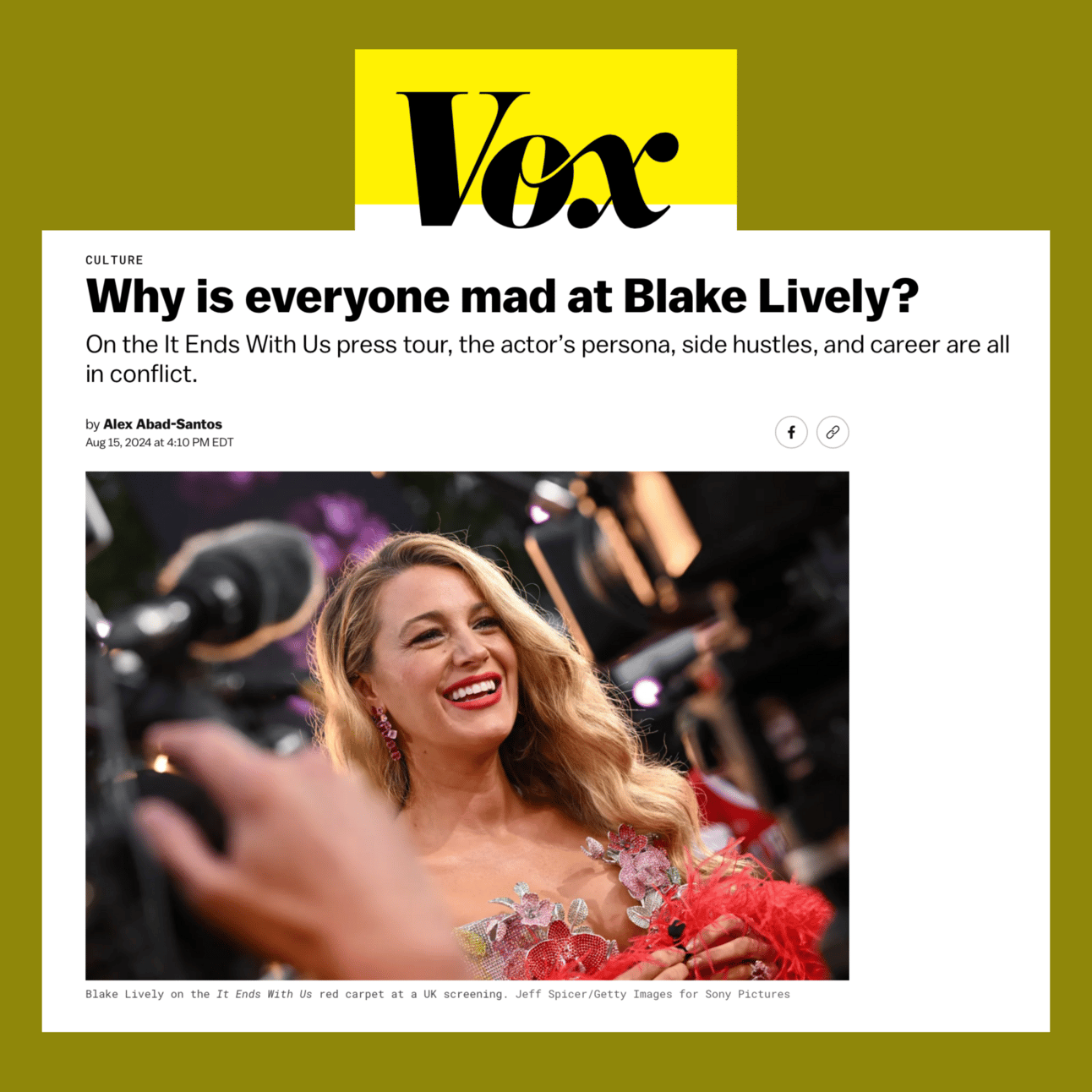
It was a Lively backlash.
The internet and social media framework lets civilians go back in time to resurface, reexamine, and confront celebrity behavior — a power that had never before been democratized to such a radical extent.
So it’s not much of a stretch to imagine a divergence between, say, how the Harris campaign saw Beyoncé and how the social media-consuming public saw Beyoncé — married, after all, to another legacy celebrity, Jay-Z, one of Combs’ closest friends and associates for many years. In this new, more accessible and authentic culture, how can Beyoncé truly fulfill her celebrity brand identity as a fierce, independent, truth-telling woman while there is a growing cottage industry of outspoken women online indicting her husband and his good friend in compelling detail while she, kept at a legacy superstar distance, is silent on the matter? Just one example. But illustrative.
Superstar distance used to be an asset. Now the gravitational pull of social media and its ecosystem of content channels rewards (if not compels) accessibility and authenticity. “No comment” silence and elusiveness may still be a workable strategy in court or for deflecting legacy journalists. But it no longer flies very far where audiences increasingly live.
Jumping back to Weinstein — whose Goliath fall was probably ground zero of the New Dismantling — here was a celebrity mogul powerbroker taken down by courageous women who sparked decisive investigations through social media (the one media channel Weinstein could not bully into submission). Yet while his downfall was a justice long overdue, it also revealed to the public how many celebrities they’d believed to be independent and strong were, in actuality, relatively powerless under Weinstein’s thumb, or looking the other way for a long, long time. All those celebs who posed with him, thanked him in speeches, praised him in articles... they were retroactively diminished. And that was a substantial percentage of the celebrity species. Now we add the Combs percentage.
It seems reasonable to conclude that legacy celebrity was being progressively downgraded in the minds (or at least subconscious) of the audience — with younger demos being, I would suggest, especially affected.
How couldn’t they be?
People need their celebrities to be inspiring and heroic. Attractive doesn’t hurt. But inspiring and heroic are essential.
Crushing contrast
Meanwhile, a surfeit of creators on YouTube, Instagram, and TikTok, most arriving out of nowhere and owing no one else for their popularity and success, are free to say pretty much whatever they want — and to the delight of their fans, continue to find clever, innovative, entertaining ways of doing just that.
So when, for example, Jennifer Lopez tried to play up her Bronx roots earlier this year, the internet had a field day making fun of her and some ill-advised vanity projects in ways that went super-viral and packed a lot more entertainment value. Designed to cement the image, her comeback campaign instead became a bonfire of celebrity hubris.
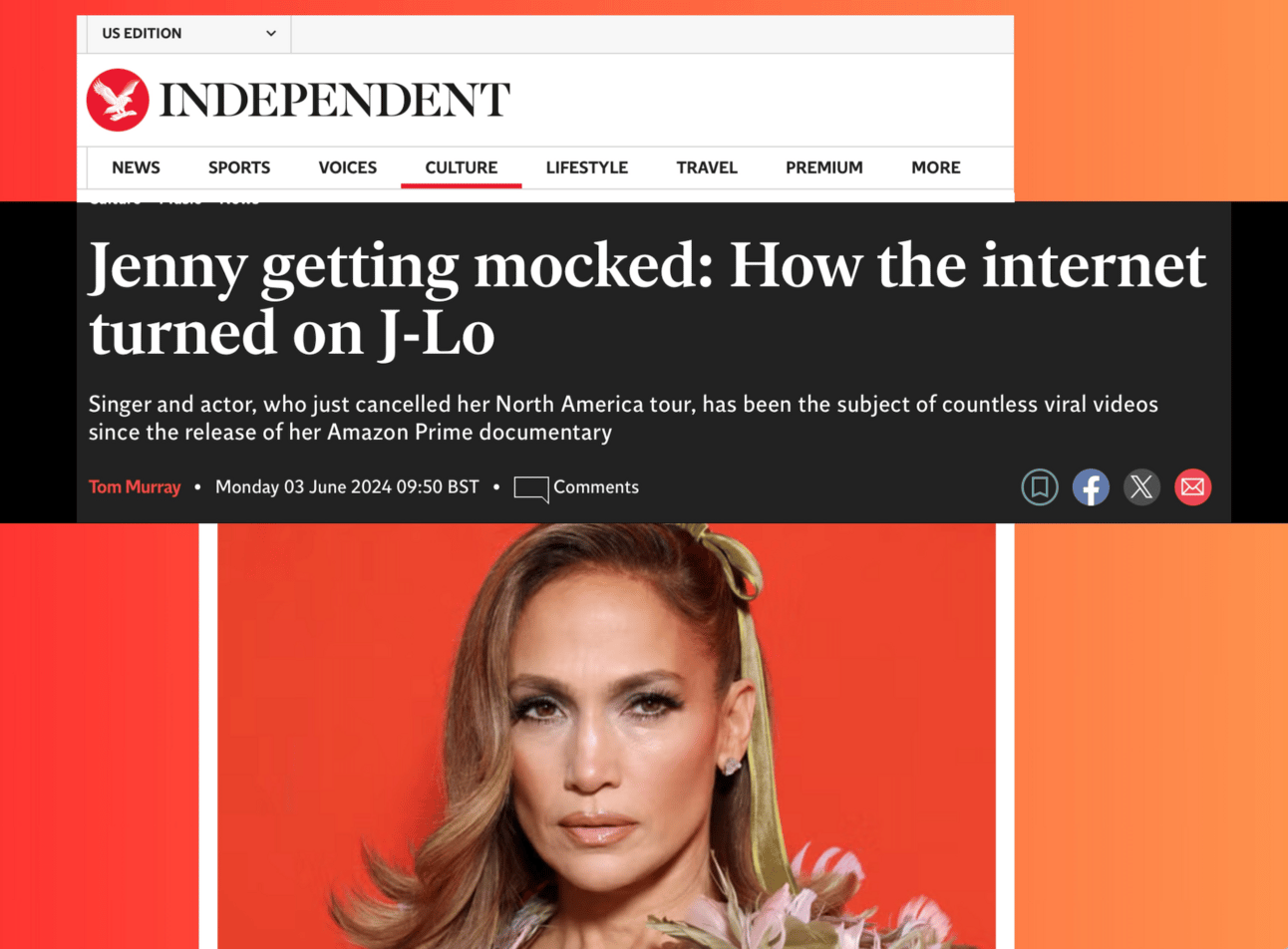
For the longest time, celebrities drew their power from being rare and impressive. Today, we see gamers on Twitch and YouTube with 6 million+ fans, landing lucrative major brand endorsement deals.
The insurgent dismantlers are, in some ways, the new stars. They are social media savvy. They are persuasive, often having, as the kids say, “receipts.”
But if you’ve read this far and are perceiving all this as negative, a downer, bad news, well… take a step back.
Because for nearly everyone this trend is an unequivocal win — a leveling of the landscape that lowers the bar for entry and creates more opportunities. After all, the audience isn’t shrinking or tuning out. They are larger than ever, seeking more content, open to new voices and channels.
How can you benefit? That’s what we pick up with in Part Two: The New Dismantling Dividend — check it out:
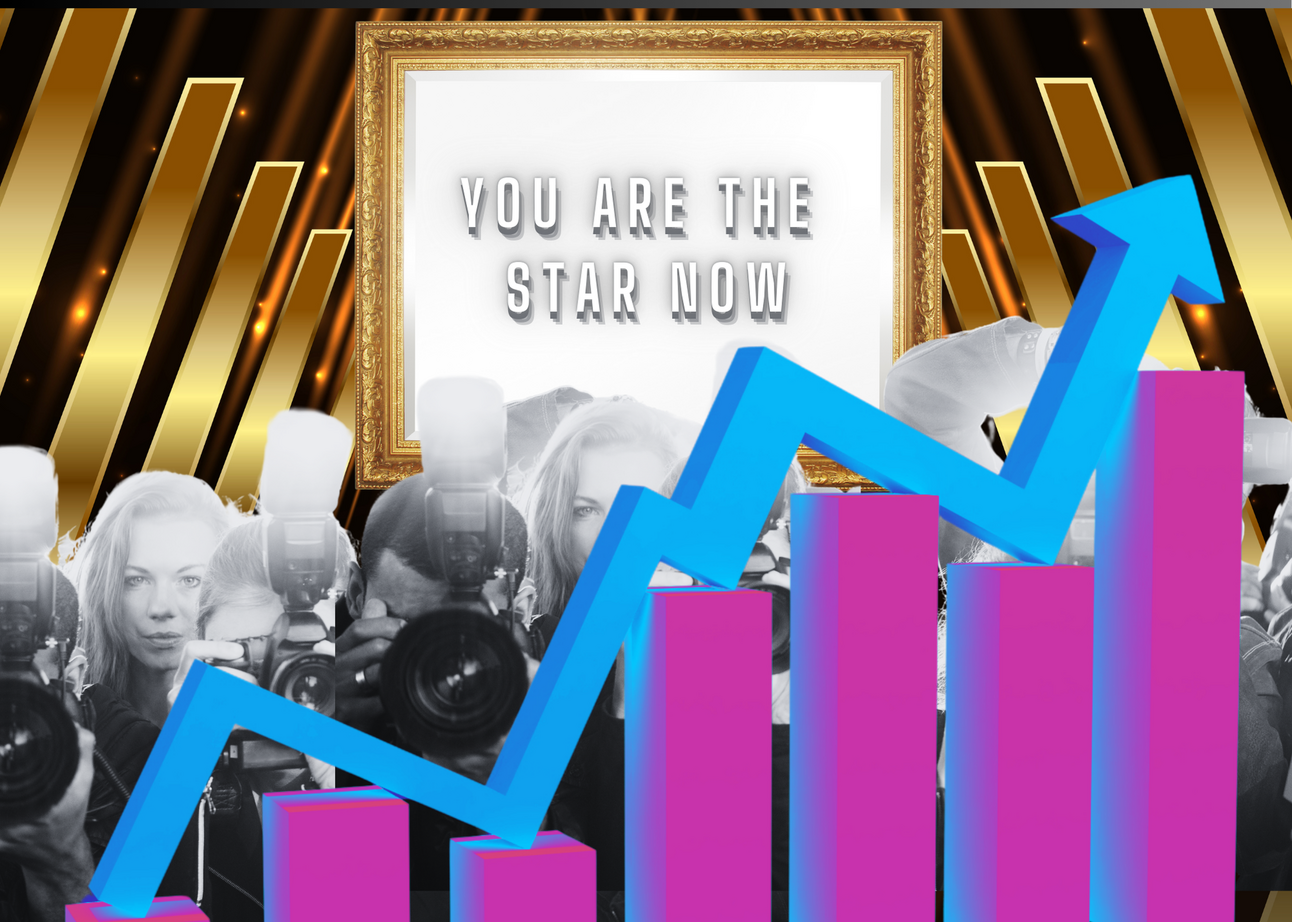
Social (media) upheaval